
Do you want to grow your organization or improve certain processes? And are you still doubting whether you need an ERP or a CRM system?
After reading this article, you'll know the difference between ERP and CRM. We will also help you choose between these two software packages.
Are you looking for a CRM? Or do you still need an ERP system within your organization? After reading this article, you'll know!
Let's go to our answer on the biggest differences:
Below, we zoom in on what CRM is. Then we look at ERP. To sum up we give you a conclusion on the biggest difference.
A CRM system, which stands for Customer Relationship Management, is used to manage your contacts. Think of customers, but also potential customers. The most important goal of CRMs is both to serve your existing customers better and to acquire new customers.
Besides that in most software there a social media capabilities. And you can build your website within your CRM.
An ERP system (Enterprise Resource Planning) on the other hand is company-wide applicable and has all kinds of different functions. Think of ERP modules for: accounting, warehouse management, personnel management and project management.
The main goal of ERP systems is to improve varying business processes.
In summary, a CRM system focuses on managing your contact data. The goals of a CRM solution are to better serve your existing customers and attract new individuals to your products/services.
An ERP system on the other hand is more widely applicable, addressing diverse functions such as accounting, warehouse management, personnel management, and project management. The main goal of ERP is to enhance overall business processes.
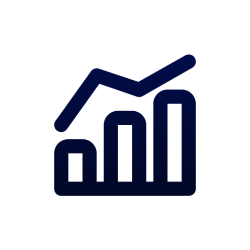
| Characteristics ERP | Characteristics CRM |
|---|---|
| Makes use of company-wide data. | Specifically applicable to contact and customer data. |
| Higher implementation costs because all business processes must be linked to the ERP. | Lower implementation costs, the focus is on customer and contact data. |
| Aimed at every department within your company. | Focus on marketing and sales departments. |
| Cost savings, efficiency gains, and improved business processes. | Improved customer relationships, improved sales processes, and more leads/customers. |
| Most popular systems Dutch Market: SAP Business One, SAP S/4HANA, Microsoft Dynamics Business Central, and ERP-systems by Exact. | Most-used CRMs: HubSpot, Salesforce, Adobe, and Zoho CRM. |
| Especially suitable for manufacturers, wholesalers, distributors, retail, and constructors. | Suitable for: every type of company that needs better control over their contact data. |
The information in the table about the main differences has been composed with the help of our Software Vendor Specialist Joep Sangers. He is constantly in contact with both CRM vendors and ERP vendors. Therefore his knowledge of both systems is quite comprehensive.

We like to give you a better idea of the functions of both ERP and CRM systems. This will hopefully help you better understand what you can do with these two types of systems.
This will also give you an initial insight into the differences between ERP and CRM.
The key functions of an ERP system at a glance:
As you can see, there are many diverse functions! Want more explanation on each of these functionalities? Discover it now on our ERP modules page.
Already certain that you need an ERP system? Use our honest and unbiased ERP selection tool and find a suitable system within 5 minutes:
Find a suitable ERP systemBelow you see how an ERP looks like. We took Microsoft Business Central as an example.
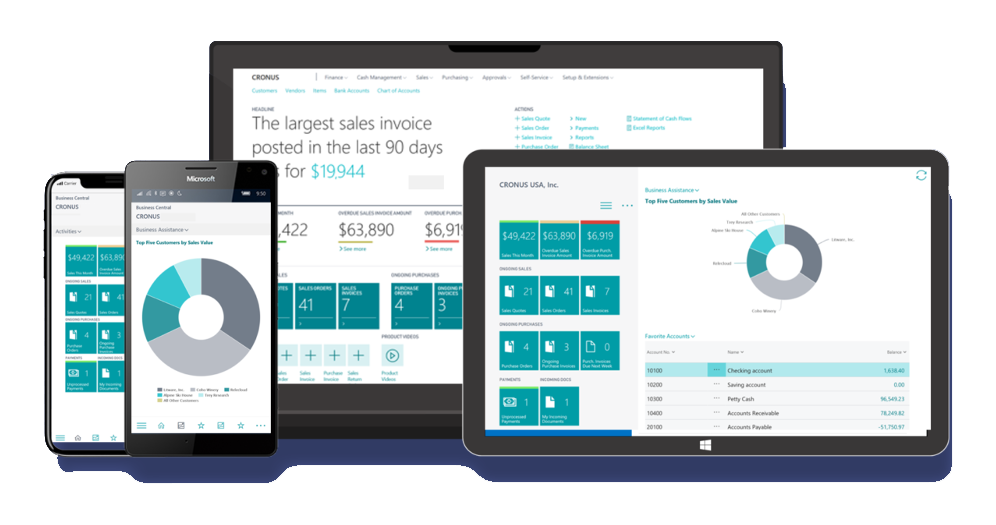
The main functions of a CRM system:
Based on the information above, do you require a CRM system for your organization? Fill in our tool, answer a few questions, and get a list of suitable CRM systems, tailored to your specific situation.
Get a list with suitable CRM systemsBelow is an example of what a CRM system looks like. In the picture, you can see that all your contacts are grouped together in an orderly list. You can also see the data per contact. As you can see, your contact data is the core of a CRM system.

Want more information about a contact? Then click on your contact to go to your extended customer card. Here you'll find information about your contact's lead status and communication history. We took Microsoft's CRM as an example to show you how such a customer card looks like:

These are the main benefits of a CRM system:
In short: with the help of a CRM system, you improve your understanding of your contacts' data. This allows you to serve your customers better and thus increase customer satisfaction.
Also, with a CRM you know better what potential customers need. With this insight, you improve your sales process.
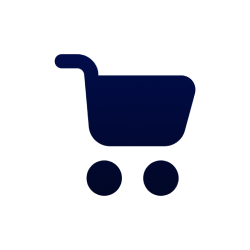
These are the main benefits of an ERP system:
An ERP is a system that you can use for almost all processes within your organization.
Want to know more about the advantages and disadvantages of ERP? Read it in our extensive blog on the pros and cons of ERP systems.
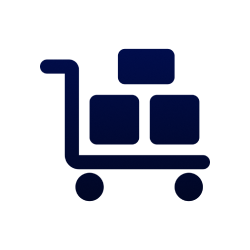
Below you find a list of both ERP and CRM systems. We made this list for you because people often ask us whether SAP and Salesforce are ERP systems. Spoiler alert: SAP is indeed an ERP, but Salesforce is a CRM!
Want to have a more extensive list with systems? Then go to our page with 11 ERP examples.
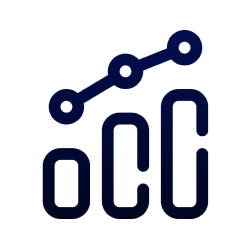
A nice statistic for you: Salesforce has by far the biggest market share. According to Statista data, their market share was 23.8% in 2021.
Remember that many ERP developers also provide CRM solutions. A CRM module is often one of the parts of an ERP system.
Have you determined whether you need a CRM or ERP? And want to go one step further in finding your perfect system?
Then use our free and independent tool. It will take you no more than 5 minutes to fill out. In short: you'll save hours and hours of research!
Fill out our tool and find out which ERP or CRM system is the best match for your organization:
Vind je perfecte ERP of CRM-systeem